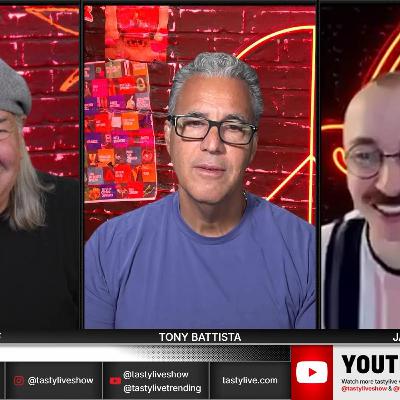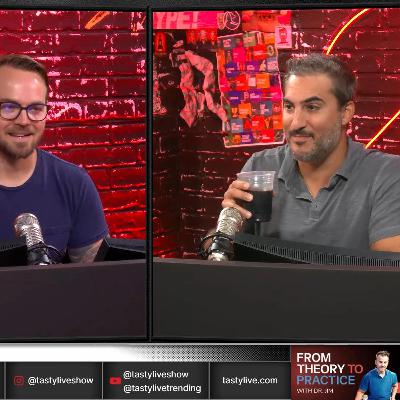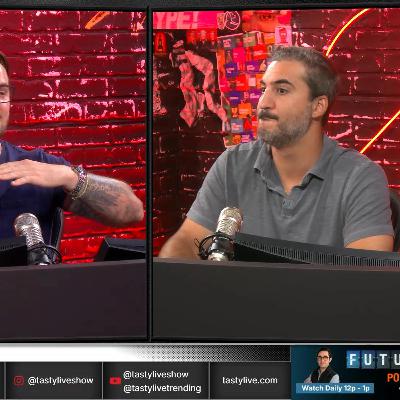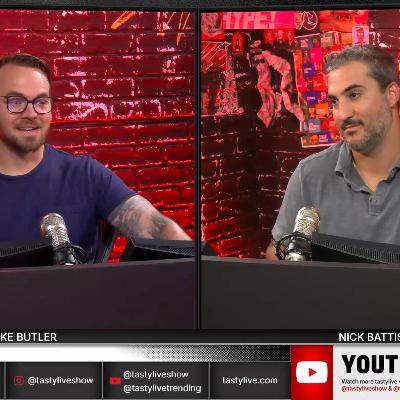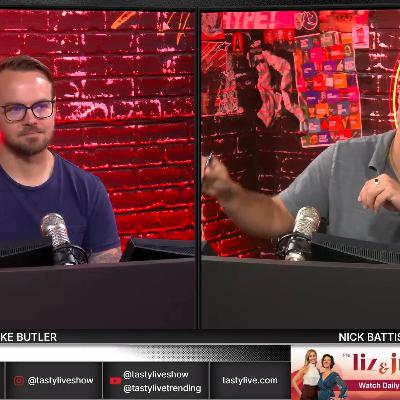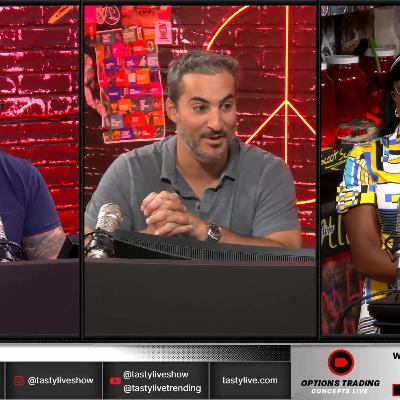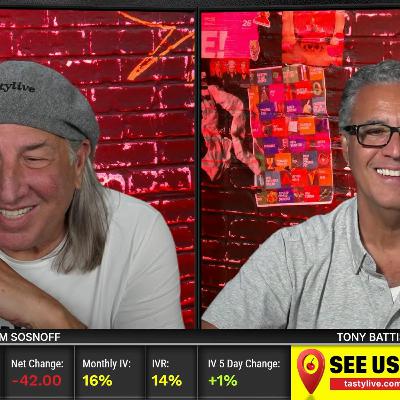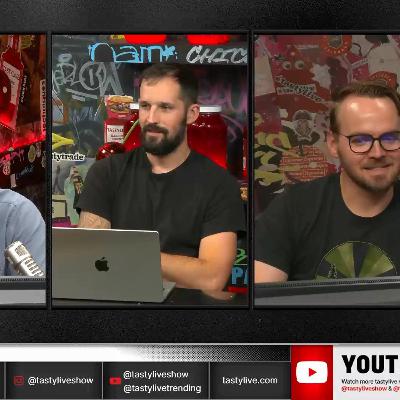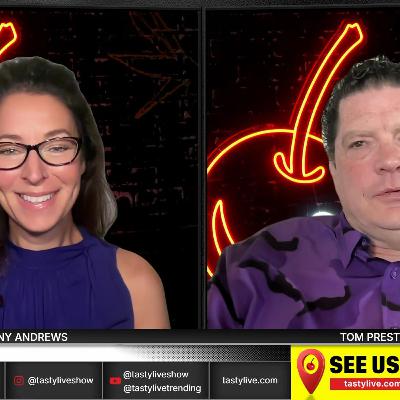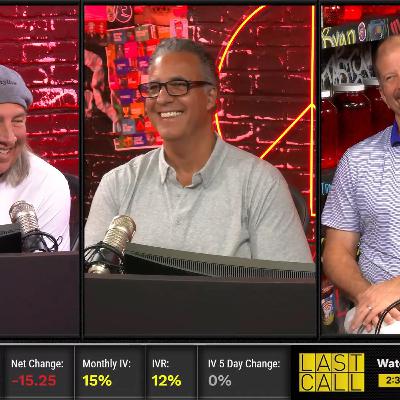Confirm and Send
Update: 2025-09-09
Description
Sosnoff and Battista discuss market conditions, with indices mostly positive except for the Russell, and volatility showing slight movement. Sosnoff mentions taking short positions to scalp the market.
In viewer questions, they clarify that in-the-money short calls at expiration aren't automatically assigned, as buyers can submit "do not exercise" instructions. For pre-earnings positions that haven't decreased in value, Sosnoff typically adjusts by widening strikes rather than exiting completely.
The hosts explain why they prefer trading in high implied volatility environments—not because it improves probability of profit, but because successful trades yield greater returns for the same risk. They dismiss trading logs as unnecessary for active traders who naturally remember their positions.
Regarding correlated assets, they focus primarily on directional relationships rather than magnitude of moves. When discussing interest rates, they note that while rate cuts affect the short end of the yield curve, traders typically watch longer-term instruments like ZB and ZN futures.
In viewer questions, they clarify that in-the-money short calls at expiration aren't automatically assigned, as buyers can submit "do not exercise" instructions. For pre-earnings positions that haven't decreased in value, Sosnoff typically adjusts by widening strikes rather than exiting completely.
The hosts explain why they prefer trading in high implied volatility environments—not because it improves probability of profit, but because successful trades yield greater returns for the same risk. They dismiss trading logs as unnecessary for active traders who naturally remember their positions.
Regarding correlated assets, they focus primarily on directional relationships rather than magnitude of moves. When discussing interest rates, they note that while rate cuts affect the short end of the yield curve, traders typically watch longer-term instruments like ZB and ZN futures.
Comments
In Channel


